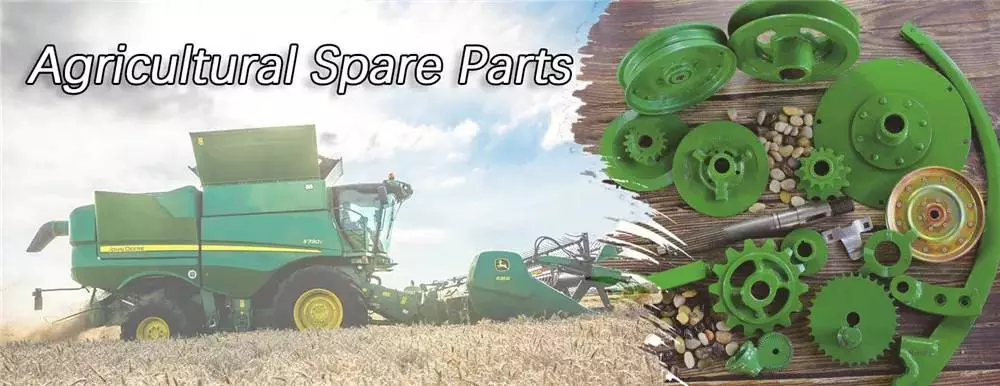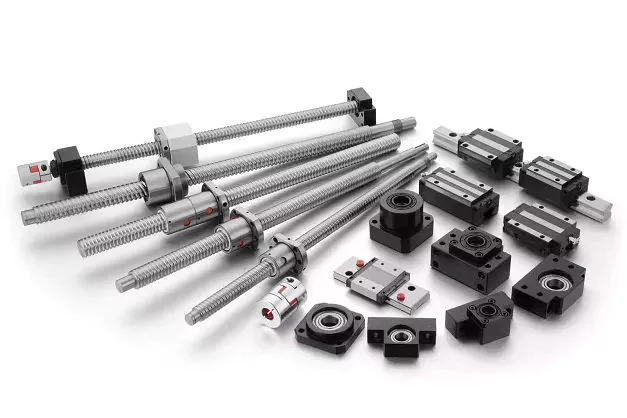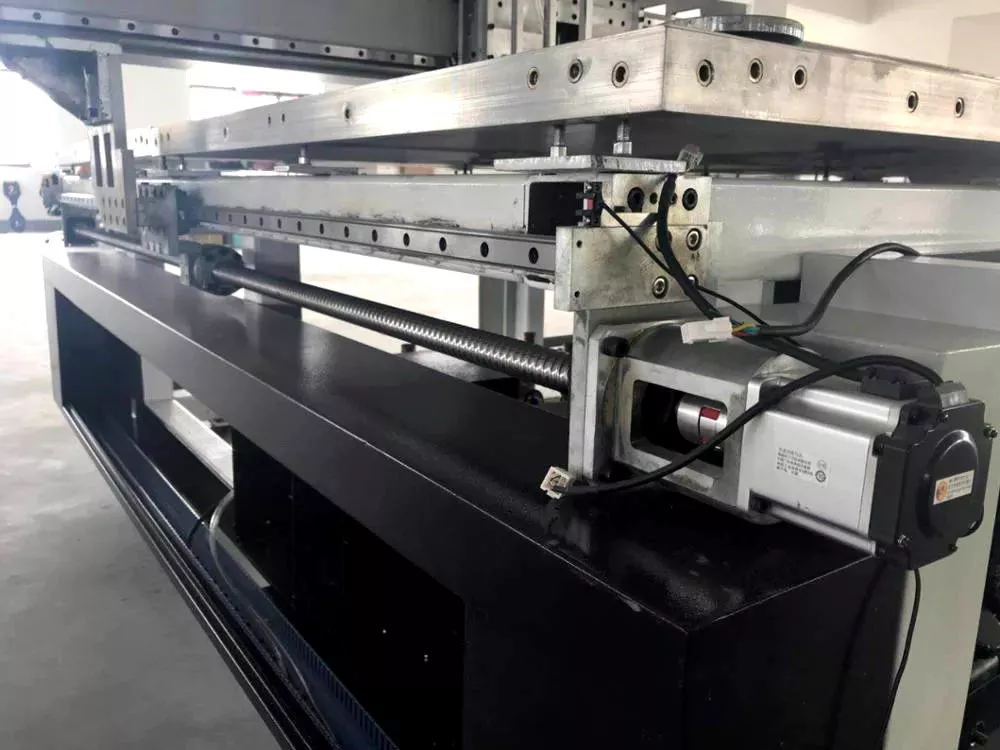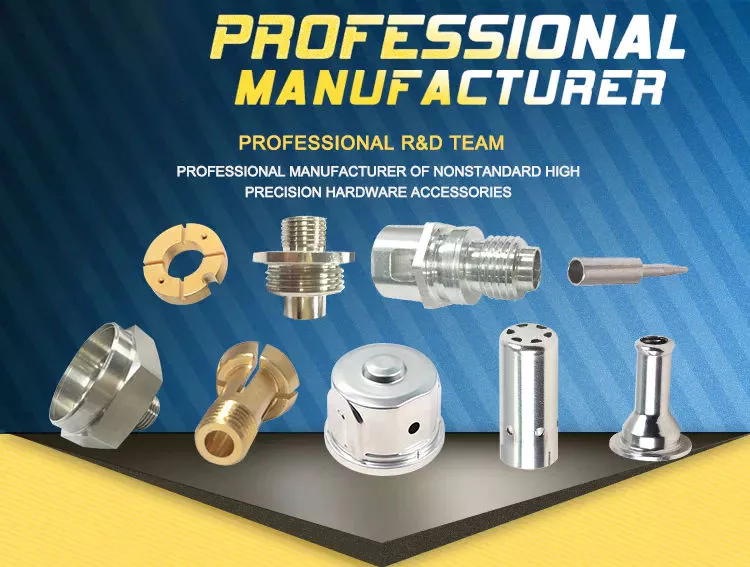Product Description
Product Description:
What is CNC Machining?
CNC machining refers to a machining method of controlling the displacement of parts and tools with digital information on a numerically controlled machine.
It is an effective way to solve the problems of various types of parts, small batch size, complex shape and high precision requirement, also helps to achieve high efficient and automated processing.We use CNC machining to not only manufacture parts and prototypes, but also to make mold tools that can be used in our forging and stamping services.
| Machining Operation |
Charateristica |
| Drilling | Employs rotating multi-point drill bits Drill bit fed perpendicular or angularly to workpiece Produces cylindrical holes in workpiece |
| Milling | Employs rotating multi-point cutting tool Workpiece fed in same direction as cutting tool rotation Removes material from workpiece Produces broader range of shape |
| Turning | Employs single-point cutting tools Rotates workpiece Cutting tool fed along the surface of the workpiece Removes material from the workoiece Produces round or cylindrical parts |
CNC Drilling
Drilling is a machining process which employs multi-point drill bits to produce cylindrical holes in the workpiece.In CNC drilling, typically the CNC machine feeds the rotating drill bit perpendicularly to the plane of the workpiece’s surface, which produces vertically-aligned holes with diameters equal to the diameter of the drill bit employed for the drilling operation.However, angular drilling operations can also be performed through the use of specialized machine configurations and workholding devices.Operational capabilities of the drilling process include counterboring, countersinking, reaming, and tapping.
CNC Milling
Milling is a machining process which employs rotating multi-point cutting tools to remove material from the workpiece.In CNC milling, the CNC machine typically feeds the workpiece to the cutting tool in the same direction as the cutting tool’s rotation, whereas in manual milling the machine feeds the workpiece in the opposite direction to the cutting tool’s rotation.Operational capabilities of the milling process include face milling-cutting shallow, flat surfaces and flat-bottomed cavities into the workpiece-and peripheral milling-cutting deep cavities, such as slots and threads, into the workpiece.
CNC Turning
Turning is a machining process which employs single-point cutting tools to remove material from the rotating workpiece.In CNC turning, the CNC machine-typically a lathe or turning machine-feeds the cutting tool in a linear motion along the surface of the rotating workpiece, removing material around the circumference until the desired diameter is achieved, to produce cylindrical parts with external and internal features, such as slots, tapers, and threads.Operational capabilities of the turning process include boring, facing, grooving, and thread cutting.
Advantages of CNC machining
1.High precision machining quality.
2.Multi-coordinate linkage can be processed to machining complex shapes.
3.When to change the machining part, operator generally only need to change the CNC program which can save production preparation time.
4.High degree of automation to reduce labor intensity.
5.Full-featured, available for wide materials.
| Product Specifications: |
|
| Material: | Aluminum, A380, A356, ADC12, AlSi10Mg, 104, 102 etc. |
| Dimension: | According to the drawing or sample |
| Standard: | DIN GB ISO JIS BA ANSI |
| Casting equipment: | 80T/160T/250T/300T/500Tcasting machine,Sand blasting machine,5T electri stove,Metallographic detector,Independent CZPT manufacturing |
| Production Process: | Polish/Sand Blast/EDM/Milling/Texture/Grind/Pre-Treatment/Quenching/Lathe/Wire Cut/Annealing/Temper etc. |
| Equipment of Casting: | 1. High pressure die casting machining:125T/180T/250T/280T/500T/800T/1250T
2. Gravity casting machine: 5 production lines 3. Low pressure die casting machining: 1 production line 4. Sand casting machine: 6 production lines 5. Degassing equipment and opportunities to refine the material 6. Machining: 5Sets CNC Machines;3 sets Milling machines; 3 setsTurning machines; 10 sets drill and tap machines |
Why choices us?
- In China, we have more than 13 years of experience in processing foreign companies for foreign companies.
- China manufacturer in HangZhou,not trade company
- Competitive price and nice service
- ISO/SGS passed
- Application: Automotive,medical device, electronics, toy, furniture, industrial etc.
Our Products:
1. auto parts, classic car parts
2. machine parts, pump body housing, engine parts, cylinders, pistons, transmission housing.
3. cookware parts, kitchen ware parts.
4. medical equipment parts, housing, instrument housing, I beam, housing…etc.
5. Bicycle and motocycle parts, sport equipment parts, housings, covers, heat sinks.
Our Policy:
Innovation and developing in Technique
High level of expertise
Outstanding quality
On-time delivery to customer needs
PACKAGE:
Transport:
FAQ:
1. Are you a factory or a trading company?
A: We are a factory which has been specialized in cnc machining & automatic manufacturing for more than 14 years.
2. Where is your factory and how can I visit it?
A: Our factory is located in HangZhou city and you can get more detailed information by browing our website: http://qdyinxiao or Visit us in person.
3. How long can I get some samples for checking and what about the price?
A: Normaly samples will be done within 3-7 days (automatic machining parts) or 7-10 days (cnc machining parts). The sample cost depends on all information (size, material, finish, etc.). We will return the sample cost if your quantity is good.
4. How is the warranty of the products quality control?
A: We hold the tightend quality controlling from very begining to the end and aim at 100% error free.
| Condition: | New |
|---|---|
| Certification: | ISO9001 |
| Standard: | DIN, ASTM, GOST, GB, JIS, ANSI, BS |
| Customized: | Customized |
| Material: | Stainless Steel |
| Application: | Metal Recycling Machine, Metal Cutting Machine, Metal Straightening Machinery, Metal Spinning Machinery, Metal Processing Machinery Parts, Metal forging Machinery, Metal Engraving Machinery, Metal Drawing Machinery, Metal Coating Machinery, Metal Casting Machinery |
###
| Samples: |
US$ 0/Piece
1 Piece(Min.Order) |
|---|
###
| Customization: |
Available
|
|---|
###
| Machining Operation |
Charateristica |
| Drilling | Employs rotating multi-point drill bits Drill bit fed perpendicular or angularly to workpiece Produces cylindrical holes in workpiece |
| Milling | Employs rotating multi-point cutting tool Workpiece fed in same direction as cutting tool rotation Removes material from workpiece Produces broader range of shape |
| Turning | Employs single-point cutting tools Rotates workpiece Cutting tool fed along the surface of the workpiece Removes material from the workoiece Produces round or cylindrical parts |
###
| Product Specifications: |
|
| Material: | Aluminum, A380, A356, ADC12, AlSi10Mg, 104, 102 etc. |
| Dimension: | According to the drawing or sample |
| Standard: | DIN GB ISO JIS BA ANSI |
| Casting equipment: | 80T/160T/250T/300T/500Tcasting machine,Sand blasting machine,5T electri stove,Metallographic detector,Independent mould manufacturing |
| Production Process: | Polish/Sand Blast/EDM/Milling/Texture/Grind/Pre-Treatment/Quenching/Lathe/Wire Cut/Annealing/Temper etc. |
| Equipment of Casting: | 1. High pressure die casting machining:125T/180T/250T/280T/500T/800T/1250T
2. Gravity casting machine: 5 production lines 3. Low pressure die casting machining: 1 production line 4. Sand casting machine: 6 production lines 5. Degassing equipment and opportunities to refine the material 6. Machining: 5Sets CNC Machines;3 sets Milling machines; 3 setsTurning machines; 10 sets drill and tap machines |
| Condition: | New |
|---|---|
| Certification: | ISO9001 |
| Standard: | DIN, ASTM, GOST, GB, JIS, ANSI, BS |
| Customized: | Customized |
| Material: | Stainless Steel |
| Application: | Metal Recycling Machine, Metal Cutting Machine, Metal Straightening Machinery, Metal Spinning Machinery, Metal Processing Machinery Parts, Metal forging Machinery, Metal Engraving Machinery, Metal Drawing Machinery, Metal Coating Machinery, Metal Casting Machinery |
###
| Samples: |
US$ 0/Piece
1 Piece(Min.Order) |
|---|
###
| Customization: |
Available
|
|---|
###
| Machining Operation |
Charateristica |
| Drilling | Employs rotating multi-point drill bits Drill bit fed perpendicular or angularly to workpiece Produces cylindrical holes in workpiece |
| Milling | Employs rotating multi-point cutting tool Workpiece fed in same direction as cutting tool rotation Removes material from workpiece Produces broader range of shape |
| Turning | Employs single-point cutting tools Rotates workpiece Cutting tool fed along the surface of the workpiece Removes material from the workoiece Produces round or cylindrical parts |
###
| Product Specifications: |
|
| Material: | Aluminum, A380, A356, ADC12, AlSi10Mg, 104, 102 etc. |
| Dimension: | According to the drawing or sample |
| Standard: | DIN GB ISO JIS BA ANSI |
| Casting equipment: | 80T/160T/250T/300T/500Tcasting machine,Sand blasting machine,5T electri stove,Metallographic detector,Independent mould manufacturing |
| Production Process: | Polish/Sand Blast/EDM/Milling/Texture/Grind/Pre-Treatment/Quenching/Lathe/Wire Cut/Annealing/Temper etc. |
| Equipment of Casting: | 1. High pressure die casting machining:125T/180T/250T/280T/500T/800T/1250T
2. Gravity casting machine: 5 production lines 3. Low pressure die casting machining: 1 production line 4. Sand casting machine: 6 production lines 5. Degassing equipment and opportunities to refine the material 6. Machining: 5Sets CNC Machines;3 sets Milling machines; 3 setsTurning machines; 10 sets drill and tap machines |
How Metal Fabrication Benefits Agricultural Parts
agricultural parts
If you own an agricultural farm, you probably have a variety of different kinds of agricultural parts. These include tractors, hand tools, and other types of farm implements. Here, you’ll learn how to identify different parts and the importance of knowing what they do. Then, you can order them online to have them shipped directly to you. You can also contact different agricultural equipment dealers to find out where to buy agricultural parts. Regardless of where you get them, they’ll be worth the investment.
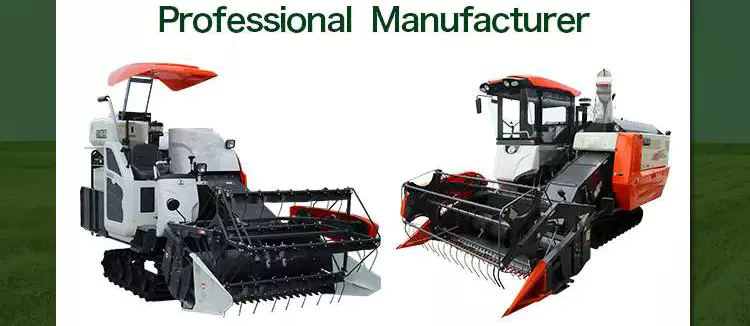
Metal fabricated agricultural parts
Regardless of the industry, metal fabricated agricultural parts can benefit a farm. For starters, metal fabricated parts are easier to replace than alternatives. Because metal is stronger than plastic, these parts can be made lighter. This means faster equipment movement and increased productivity. Metal can also be easily customized, allowing for a custom-made product. The benefits of metal fabrication extend far beyond the agricultural industry. Listed below are several of the benefits of using metal fabricated parts.
Agricultural equipment is exposed to harsh weather conditions. This is why it is imperative that metal fabricated agricultural parts are made with durable materials. Additionally, metal fabricated parts have a lower chance of corroding, which helps keep equipment running more efficiently. With such a long list of benefits, it’s easy to see why metal fabricated parts are so popular with farmers. And if your company needs agricultural equipment parts that can withstand the elements, you can depend on CZPT Industries.
Agricultural equipment requires metal parts that can withstand the rigorous workloads. As a trusted vendor, CZPT Manufacturing provides comprehensive metal fabrication services for agricultural equipment. With our advanced laser cutting services, you can rest assured that your metal parts are in good hands. You’ll be able to make adjustments without affecting the integrity of the metal. And thanks to our streamlined process, the quality of your fabricated parts is unrivaled.
Whether you need a custom fitout for a new piece of farm equipment, or a new design for an existing piece, metal fabrication can help. Custom fitouts not only improve the comfort of the operator, but also increase the durability of your farm machinery. Almost every type of metal fabrication process is used in the agricultural industry. These include brazing, welding, soldering, drilling, milling, and laser engraving.
As the manufacturing process of agricultural machinery becomes increasingly automated, sheet metal fabrication has become an important part of the production process. This process allows for more precise and accurate processing of holes of various shapes and sizes, and the cost of production is lowered significantly. Additionally, because of its precision and stability, sheet metal fabrication is perfect for farming. Moreover, it’s easy to teach and maintain automated processes. With these machines, farmers can make small batches easily, improving the efficiency of agricultural production.
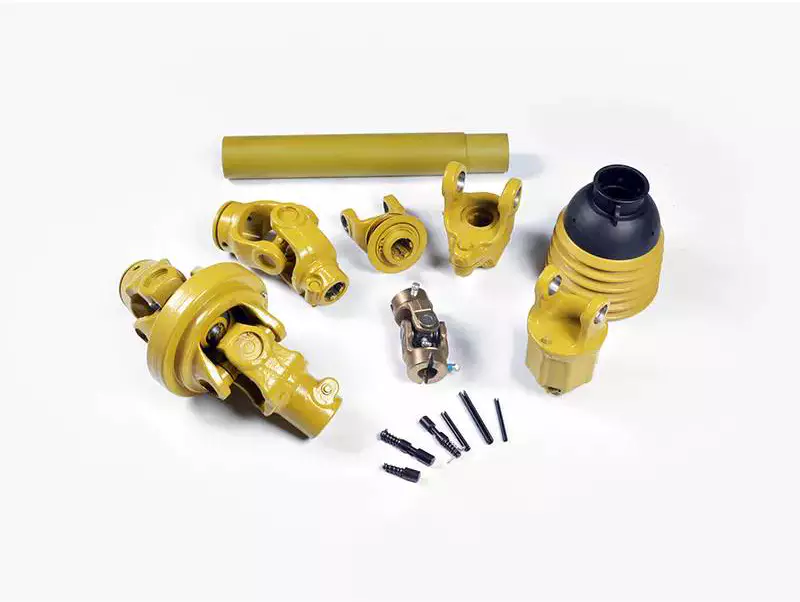
Agricultural machinery manufacturers
Agricultural machinery is a highly technological industry with a large market for OEM parts. The demand for agricultural equipment is expected to reach $118.2 billion by 2025, which is higher than the previous forecast. Today, modern tech developments have increased the productivity and profitability of farms, making it more profitable to use farm equipment. Moreover, the availability of OEM parts is a key driving factor for the market growth. The agricultural equipment market will see continued growth as manufacturers focus on safety, quality, and consistent improvement of their products.
CZPT Corporation is an agricultural machinery manufacturer based in Duluth, Georgia. It was formed through a merger with CZPT in 1990. The company’s growth has been achieved through numerous acquisitions in farm machinery. It first acquired the CZPT forage and hay line from Fiat, which included a 50% share in a manufacturing joint venture with CZPT. Moreover, it acquired the White tractor business from CZPT Products to expand its dealer network.
Among the major factors contributing to the supply chain breakdown for farm equipment manufacturers is the outbreak of COVID-19. The pandemic has affected the supply chain in several ways, including reducing the availability of raw materials and component parts. It also has affected the labor force by causing temporary layoffs and illness. Furthermore, the shortage of steel is causing manufacturers to struggle to meet demand. As a result, the company has to delay shipments to meet customer demand.
In addition to the above factors, the rising cost of labor is another factor driving equipment sales. Using auto-guidance systems to match the yield of a crop is an effective way to maximize yield while minimizing environmental impact. Another major factor driving agricultural equipment sales is the increasing cost of agricultural labor across regions. This pay differential between industrial workers and those in the agricultural sector is one of the most common secular drivers for demand for agricultural equipment.
A large proportion of agricultural equipment is oversized for economic reasons. For instance, a combine can do three different processes at once. It can also travel across several states or even countries. The need for reliable transportation companies is another critical factor in the industry. The majority of companies in this industry are family-owned and operated. A good transportation network is essential to keep equipment on the road. This is a major challenge for the industry.
The European Union accounts for a large proportion of agricultural machinery manufacturing, with total output of 28 billion euros (2014). The top three countries for production are Germany, Italy, and France, with each country accounting for around 17 per cent of the global total. The majority of leading international manufacturers maintain several production sites across the continent. The products produced at these facilities are typically for high-end customers. They can also be purchased from a variety of independent sources.
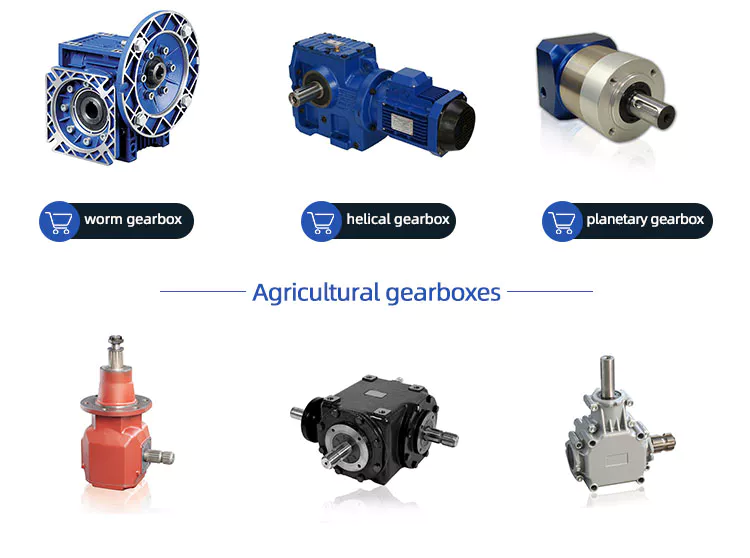
Agricultural equipment dealers
Agricultural equipment dealerships are facing a changing landscape. Today’s consumers expect businesses to be online 24/7, have faster response times, and allow them to make payments more conveniently. To keep up with these expectations, more dealers are making the switch to mobile apps. These apps simplify all areas of business, from sales to service, and allow technicians to receive work orders directly on their mobile devices. In addition, the growth of ag equipment manufacturers is fueling the trend of consolidation among ag equipment dealers.
Video marketing is especially useful for agricultural equipment dealers. Agricultural equipment dealers can utilize video marketing from firms such as CZPT. Unlike text, video allows marketers to connect emotionally with their customers, by showing them a face. It is much more difficult to establish this connection through text, so video is a great way to reach potential customers. If a customer is satisfied with the process, they are more likely to buy from them again.
To succeed in sales of agricultural equipment, candidates should possess a combination of equipment knowledge, communication skills, and tenacity. Sales compensation packages for this industry are heavily based on commissions, so new salespeople should be prepared to work without a guaranteed monthly check. Agricultural equipment dealers should be ready for this kind of change in the coming years and prepare their sales funnels to make the transition. In addition, they should make sure that their phone numbers are prominently displayed.
The laws governing agricultural equipment dealers vary from state to state. These laws protect farm equipment dealers by outlining their rights as a supplier and a manufacturer. While these laws may have some commonalities, they do have some differences, which makes them essential to fully understand. Several procedures which are legal in one state may not be allowed in another. For this reason, it is vital that the dealer understand the laws of his state and be familiar with the relevant legislation.
The shortage of labor in the agriculture sector is a major challenge for many growers. But the shortage of labor could spur sales of robotics and automation equipment that simplify the farming process. With the right tools, a farm can run more efficiently and reduce its worker headcount. Therefore, the lack of labor will continue to be a major problem for agricultural equipment dealers. With this in mind, it is imperative to choose the right dealer for the job.
The influx of new equipment has made it difficult for agricultural equipment manufacturers to meet demand. Many companies have struggled to get implements to dealerships on time, making the overall situation even more complicated. Agricultural equipment dealers have to wait weeks or even months for their new machines to be delivered to farmers. A tractor from CZPT, for instance, can take five or six weeks to arrive in a dealership. It can now take 18 to 22 weeks, depending on the size of the order.


editor by czh 2022-12-12
